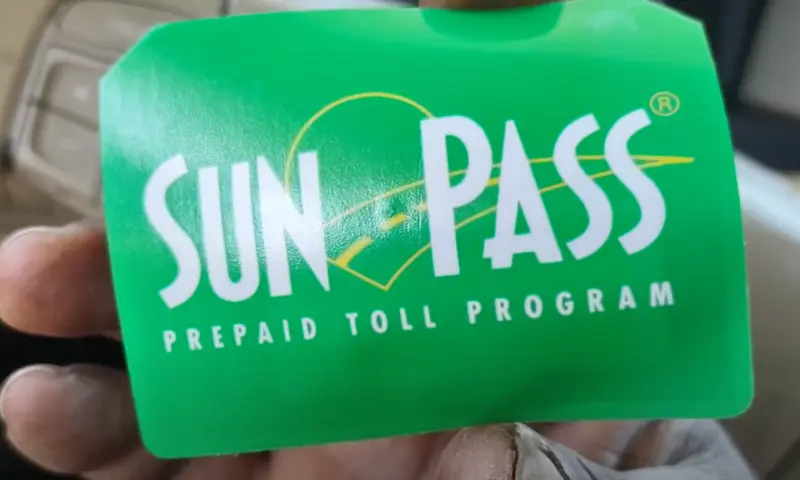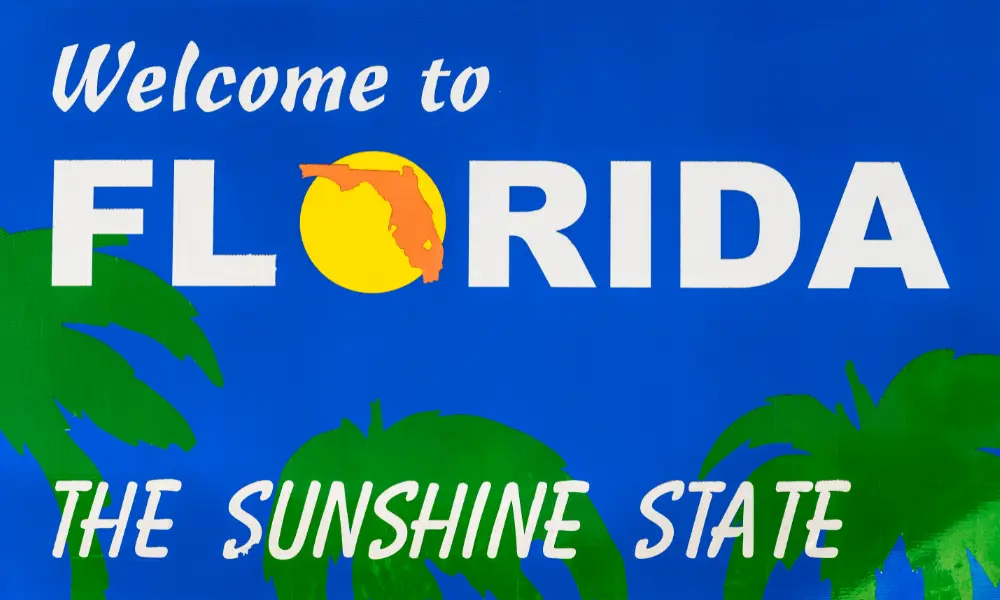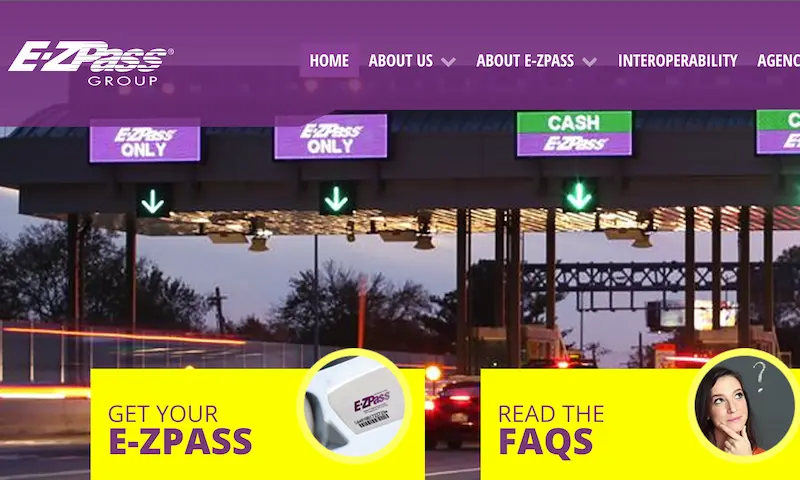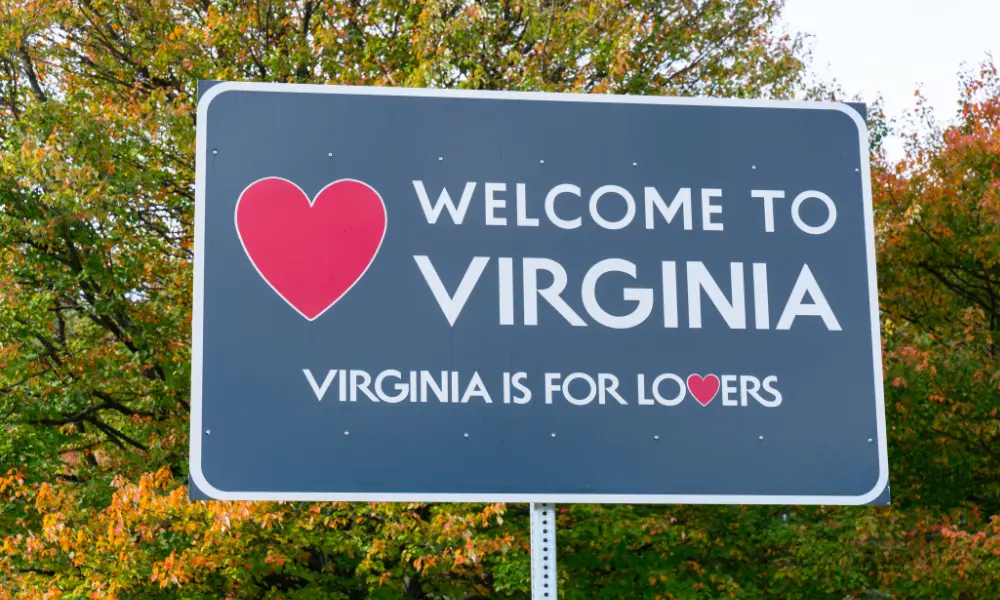Looking to drive across the US-Canada border and wondering if your E-ZPass will work? While E-ZPass isn’t universally accepted throughout Canada, it does function at several key border crossings—potentially saving you both time and money. This guide breaks down exactly where you can use your E-ZPass in Canada, how much you’ll save, and what alternatives you need for traveling deeper into Canadian territory.
Where E-ZPass Works in Canada
E-ZPass functionality in Canada is limited but strategically useful at major border crossings. You can use your E-ZPass transponder at these specific locations:
Niagara Region Crossings
Rainbow Bridge This popular crossing connects Niagara Falls, New York to Niagara Falls, Ontario. Your E-ZPass works in the dedicated lanes on the US side before you reach Canadian customs. The system automatically deducts your toll in US dollars, giving you a 50% discount compared to cash payments ($4.00 vs. $8.00).
Lewiston-Queenston Bridge When crossing this bridge, you’ll find E-ZPass lanes on the Canadian side after clearing customs. Your transponder gets you the same significant discount—$4.00 USD compared to the much higher $11.50 CAD cash rate.
Whirlpool Rapids Bridge This is a NEXUS-only crossing, requiring both a NEXUS card and an E-ZPass or Nexus/Toll account. The system will prioritize using your E-ZPass for payment if you have multiple transponders. All tolls are charged in USD.
Other Border Crossings
Peace Bridge Connecting Buffalo, NY to Fort Erie, ON, this crossing has fully embraced cashless tolling. E-ZPass users pay just $4.00 USD versus the $8.00 USD that would be billed by mail to your license plate. This bridge was actually the first location outside the US to implement E-ZPass back in 2005.
Thousand Islands Bridge Since June 2019, this bridge complex over the St. Lawrence River has accepted E-ZPass on both US and Canadian sides. You’ll pay $4.00 USD for passenger vehicles—a half-price discount compared to cash payments.
The Money-Saving Advantage
Using E-ZPass at Canadian border crossings offers consistent financial benefits:
| Crossing | E-ZPass Rate (USD) | Cash/Plate Rate (USD) | Savings |
|---|---|---|---|
| Rainbow Bridge | $4.00 | $8.00 | 50% |
| Peace Bridge | $4.00 | $8.00 | 50% |
| Lewiston-Queenston | $4.00 | $11.50 CAD equivalent | ~65% |
| Thousand Islands | $4.00 | $8.00 | 50% |
| Whirlpool Rapids | $4.00 | NEXUS-only crossing | N/A |
These savings add up quickly for frequent crossers, making the one-time transponder investment worthwhile after just a few trips.
Where E-ZPass Doesn’t Work in Canada
Once you’re beyond the border crossings, you’ll need to switch to Canadian-specific toll systems. E-ZPass is not compatible with:
Highway 407 ETR (Toronto area) This major toll highway uses its own proprietary transponder system, which costs $29.50 CAD annually to lease. The 407 ETR charges distance-based tolls averaging about $0.29 CAD per kilometer plus a $4.75 monthly transponder fee.
Cobequid Pass (Nova Scotia) This toll road requires MACPASS transponders, which aren’t compatible with E-ZPass.
Confederation Bridge (PEI) You’ll need to pay via StraitPASS or cash when crossing to Prince Edward Island.
Other Provincial Toll Roads Various provincial highways like Quebec’s A30 Express use their own regional toll collection systems.
Important Considerations for Canadians Using E-ZPass
Getting an E-ZPass as a Canadian
Canadians can obtain E-ZPass transponders through several channels:
- NFBC Exchange Houses: Physical locations on the Canadian side of the Rainbow and Lewiston-Queenston bridges.
- Peace Bridge Authority: Order by mail (though you’ll pay a $15 CAD shipping fee).
- Retail Partners: Select Tops Markets in Buffalo and some Ontario convenience stores have transponders available.
Account Management Tips
Currency Considerations All E-ZPass tolls at Canadian crossings are processed in US dollars, which means:
- You need a USD-funded account
- Canadian residents must maintain separate accounts for domestic toll roads
- You can’t transfer balances between E-ZPass and Canadian toll systems
Funding Strategies To minimize exchange fees:
- Consider funding your account with a US credit card
- Watch exchange rates when replenishing your balance
- Use prepaid USD cards for better budget control
Multi-Transponder Strategy for Regular Crossers
If you frequently travel between the US and Canada, consider this dual-transponder approach:
- Mount your E-ZPass for border crossings and US travel
- Add a 407 ETR transponder if traveling around Toronto
- Keep your NEXUS card accessible for expedited border processing
Important: Mount multiple transponders at least 2 inches apart to prevent signal interference. Most vehicles have enough windshield space near the rearview mirror to separate them adequately.
Future of E-ZPass in Canada
While current E-ZPass functionality in Canada remains limited to border crossings, there’s potential for expansion. The upcoming Gordie Howe International Bridge (scheduled to open in 2025) will include E-ZPass compatibility.
However, true integration between US and Canadian toll systems would require significant technological alignment and cross-border agreements. Until then, the fragmented approach will continue, requiring travelers to use different systems depending on their location.
Troubleshooting E-ZPass Issues at Canadian Crossings
If you encounter problems with your E-ZPass at Canadian border crossings:
- Check transponder placement: Ensure it’s properly mounted on your windshield
- Verify account funding: Insufficient funds will prevent toll payments
- Contact the appropriate agency:
- NFBC disputes: 905-354-6222 (Canada) or 716-282-1552 (US)
- Peace Bridge inquiries: 905-994-3681
Compare E-ZPass to Canadian Toll Systems
| Feature | E-ZPass | 407 ETR | MACPASS |
|---|---|---|---|
| Coverage | 20 US states + border crossings | Greater Toronto Area | Nova Scotia bridges |
| Cost | One-time purchase | $29.50 CAD annual lease | Free transponder |
| Interoperability | Works across multiple states | Ontario only | Nova Scotia only |
| Currency | USD only | CAD only | CAD only |
| Toll Structure | Fixed fees per crossing | Distance-based ($0.29/km avg) | Fixed fees per crossing |
Is E-ZPass Worth It for Canadian Travel?
Whether an E-ZPass makes sense for your Canadian travel depends on your specific circumstances:
E-ZPass is worth it if you:
- Cross the US-Canada border frequently
- Use the specific bridges mentioned above
- Want to save 50% or more on toll costs
- Travel extensively in the eastern United States
Skip the E-ZPass if you:
- Rarely cross the border
- Only travel within Canada
- Don’t use the bridges that accept E-ZPass
- Prefer paying cash or by license plate billing
For those who cross regularly, the E-ZPass pays for itself within just a few crossings thanks to the substantial 50% discount at most border bridges.
Preparing for Your Cross-Border Trip
Before heading to Canada with your E-ZPass:
- Check your account balance to ensure sufficient funds
- Verify your transponder works at a US toll plaza before crossing
- Research Canadian toll roads on your route that will require alternative payment
- Position your transponder properly (usually behind your rearview mirror)
- Keep cash or credit cards handy for tolls that don’t accept E-ZPass
Remember that while E-ZPass offers convenience at border crossings, you’ll still need alternative methods to pay tolls once you’re traveling within Canada itself.
















